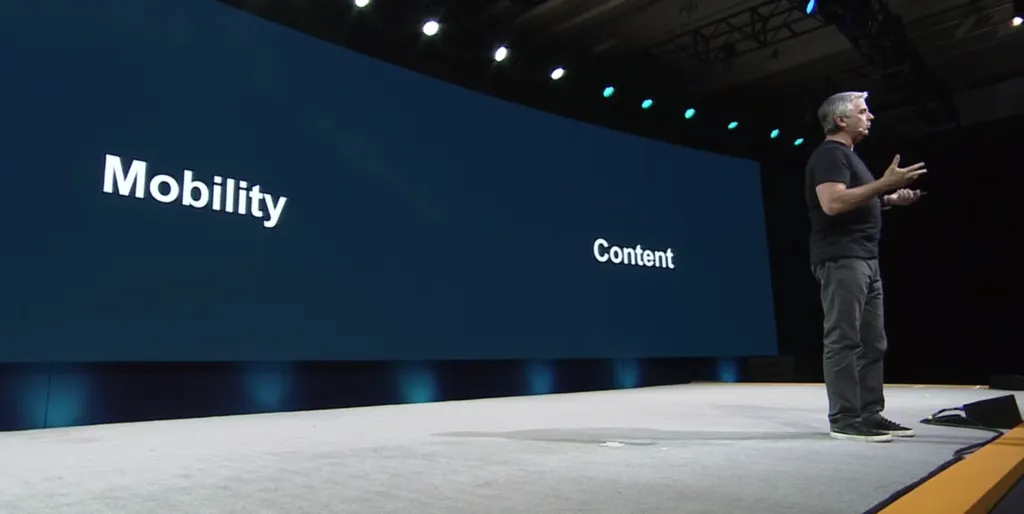Unity CEO John Riccitiello has been following both virtual and augmented realities for a long time and, like the rest of us, he’s waiting for it to go mainstream. Today at Unity’s Vision Summit, he outlined how and when he thinks it will get there.
Addressing a crowd at the event’s keynote speech, Riccitiello outlined three main factors VR and AR need to master in order to be widely adopted. These are largely well-known points for anyone that’s been following the industry for some time, but Riccitiello did offer enticing new insights into each area.
Price point, for example, is the most glaringly obvious factor. Current high-end headsets are far too costly, but Riccitiello thinks it needs to get under $1,000 “all-in” to be viable. That means from headset to processor to controller and everything else you might need to access the virtual world. That might be nothing new, but Riccitiello had a tantalizing tease to add. “That is in the works, I’ve seen it,” he said.
The second point is mobility. That means a headset that isn’t wired to a PC, but is free to move around anywhere. That also doesn’t mean current mobile VR headsets, but devices that fully track our location so we can move freely, be it either in VR or AR. “You’re going to be mobile. It’s not just a mobile device but you in fact will be mobile,” Riccitiello said.
Finally, there’s content, which is what current VR headset owners are yearning for. The Unity CEO noted that investors would “need the promise of at least 100 million devices in the market” to justify spedning large sums of money, which presents a real problem. Riccitiello admitted that companies like Oculus, Sony and Valve weren’t talking publically about how to resolve this issue just yet.
But the highlight of Riccitiello’s talk wasn’t outlining these points, but promising that they would happen. He suggested that he’d seen company’s plans for the one to two year future of VR, and they would finally unite these elements and allow the industry to truly take off. “They come together at the beginning of 2018 and will be here in full flower in 2019,” he said.
“It starts to take off 12 and 24 months from now.”
That’s an exciting thought, and we’re eager to see how companies plan to get there.


























